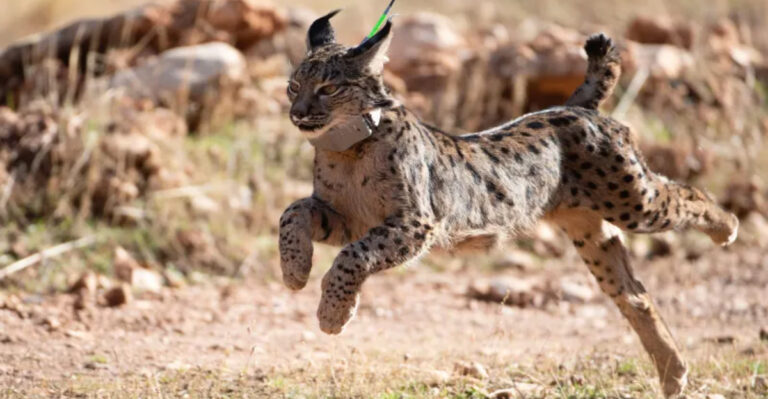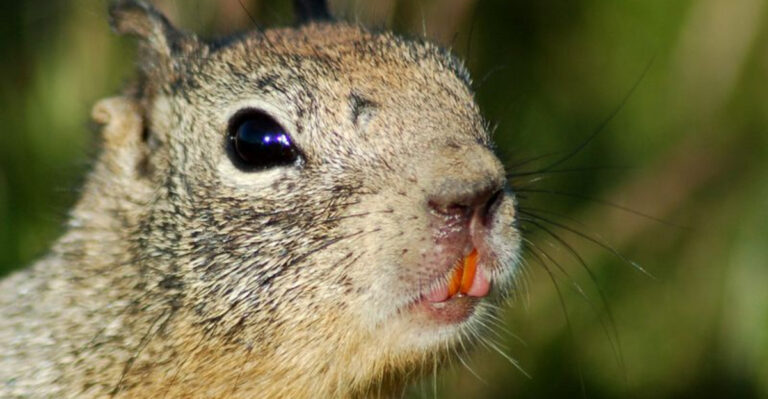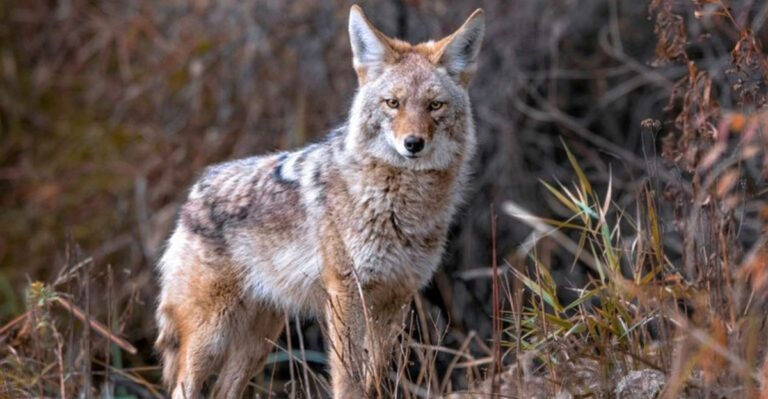17 Facts About The Lemurs Of Madagascar
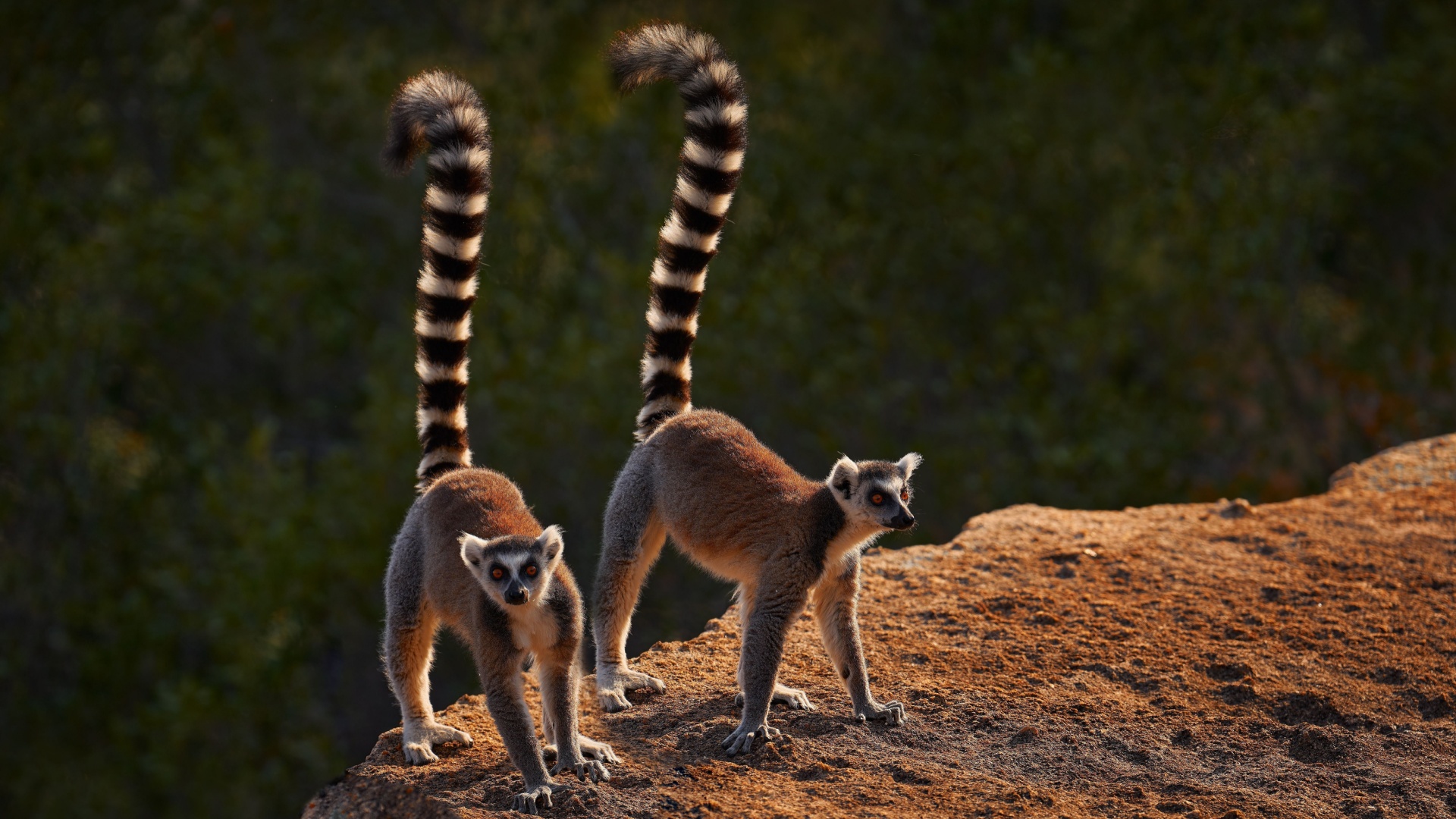
Lemurs, one of nature’s most fascinating creatures, call the lush island of Madagascar their home. Known for their unique characteristics and behaviors, these primates have captivated the interest of scientists and nature lovers alike. Let’s explore some intriguing facts about these incredible animals.
1. Lemur Social Structures
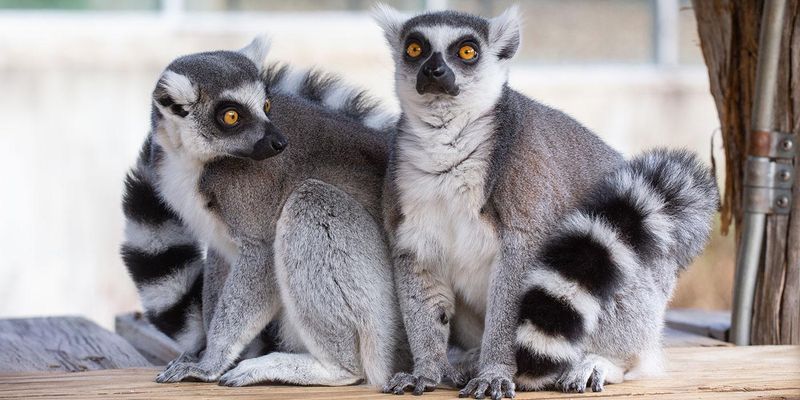
Lemurs are incredibly social animals, often forming groups known as troops. These groups can vary in size from a handful to over 20 members, depending on the species.
The complex social structures of lemurs are fascinating, with females typically taking the lead. In fact, lemurs are one of the few primate species where females dominate males. Much of lemur life revolves around social bonds.
Grooming is a common activity that helps reinforce social ties and maintain hygiene. The social dynamic within a troop can be quite sophisticated, with strong alliances forming between individuals. Watching these interactions offers a window into their social intelligence and adaptability.
Understanding lemur social structures provides insights into their survival strategies. It highlights the importance of community and cooperation in the wild, making lemurs a fascinating subject for behavioral studies.
2. Nocturnal Habits
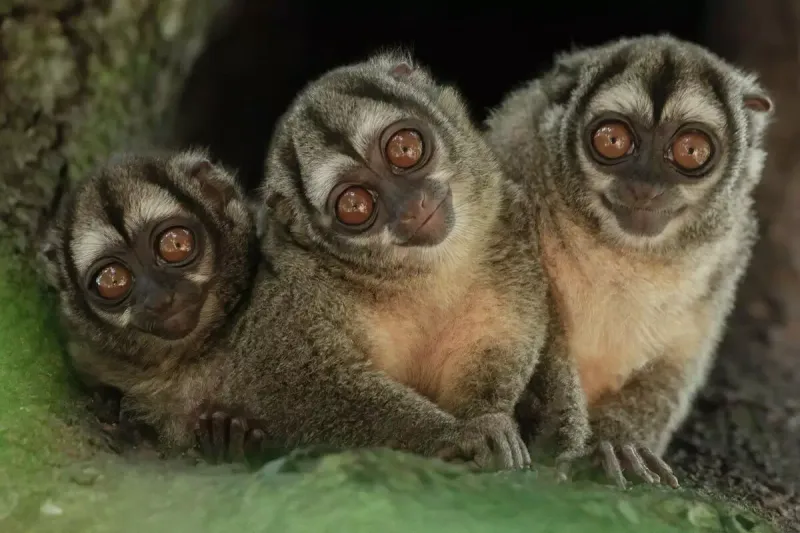
Many lemur species are nocturnal, meaning they are most active during the night. This adaptation serves multiple purposes, primarily helping them avoid predators and competition for food. Their large eyes are specially adapted to enhance night vision, allowing them to navigate and forage in the dark efficiently.
Nocturnal lemurs have a unique way of communicating. They rely on vocalizations and scent markings to stay connected with their troop members.
These sounds can range from eerie howls to subtle clicks, each serving a different purpose in their nocturnal world. Being active at night gives lemurs a distinct advantage in finding food that other diurnal animals might miss.
Their diet mainly consists of fruits, insects, and small vertebrates. This nocturnal lifestyle is a testament to their adaptability and resilience in the face of Madagascar’s challenging environment.
3. The Unique Lemur Tail
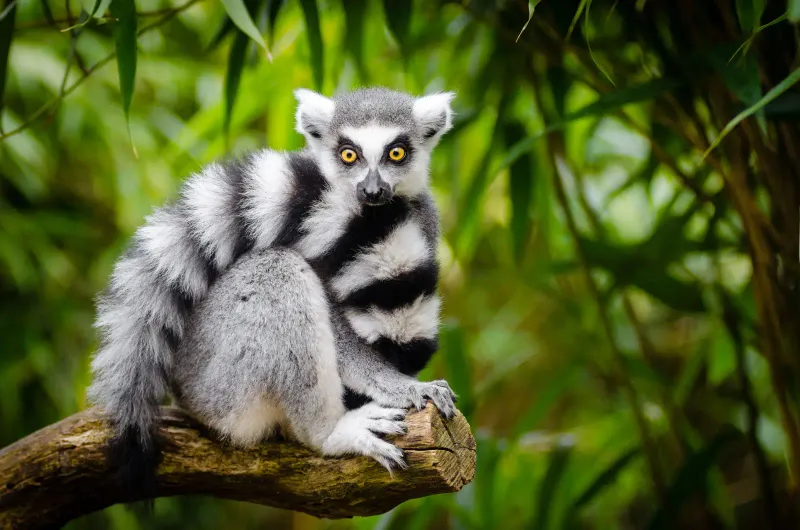
One of the most distinctive features of some lemur species, such as the ring-tailed lemur, is their tail. The ring-tailed lemur boasts a striking tail adorned with alternating black and white rings. This visually striking appendage isn’t just for show; it plays a crucial role in communication and balance.
The tail acts as a visual signal in the dense forests, helping lemurs keep track of each other. It’s an essential tool for maintaining group cohesion during foraging expeditions. Additionally, their tails are vital for balance, especially when navigating the treetops.
Beyond its practical uses, the lemur’s tail is a symbol of its species’ identity. Observing how lemurs utilize their tails offers a glimpse into their daily lives and survival tactics. These fascinating creatures remind us of the diverse strategies animals adopt to thrive in their natural habitats.
4. Lemur Communication
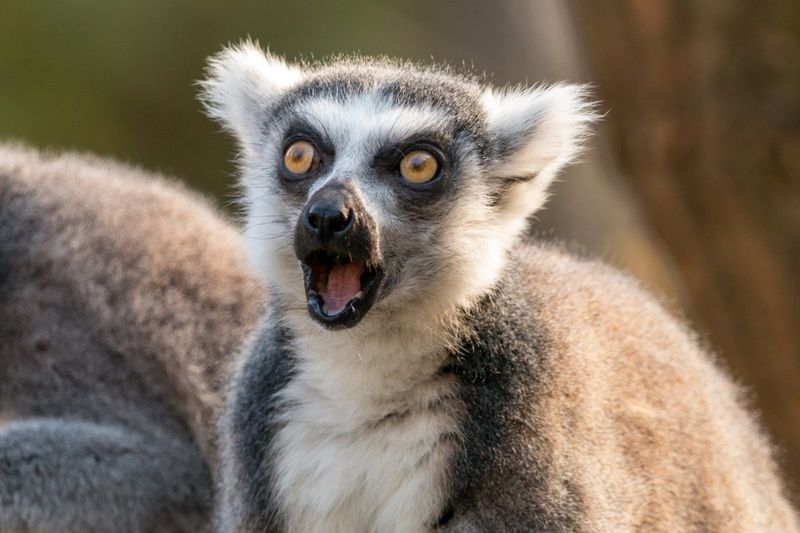
Lemurs have developed an impressive array of communication methods to interact with each other. Vocalizations are a primary means of communication, with different calls serving various purposes.
These calls range from alarm signals, which warn the troop of potential danger, to softer sounds used for group cohesion. In addition to vocalizations, lemurs use scent marking as a form of communication.
By rubbing their scent glands on trees and other surfaces, they can convey messages about territory and social status. This olfactory communication helps maintain social order within the troop. Understanding lemur communication provides insights into their complex social structures.
It reveals the importance of communication in maintaining harmony and cooperation among group members. Lemurs, with their diverse vocal and olfactory signals, demonstrate the intricate relationships that exist within the animal kingdom.
5. Dietary Diversity
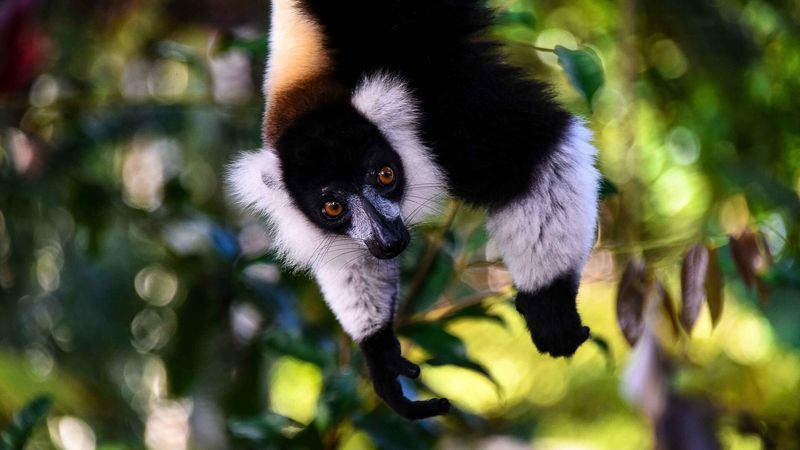
Lemurs have a highly varied diet, which plays a crucial role in their survival and adaptation to the environment. Most lemurs are omnivores, consuming a mix of fruits, leaves, flowers, and insects. This dietary flexibility allows them to thrive in various habitats across Madagascar.
The availability of food sources varies throughout the year, prompting lemurs to adapt their feeding habits accordingly. During the dry season, when resources are scarce, lemurs rely more on leaves and bark. In contrast, the wet season provides an abundance of fruits and flowers, offering a richer diet.
This dietary diversity is not just about survival; it also affects their social structures and behaviors. Group foraging dynamics and food-sharing practices are key aspects of their social life. Lemurs exemplify the importance of dietary flexibility in the wild, showcasing nature’s adaptability and resilience.
6. Female Dominance
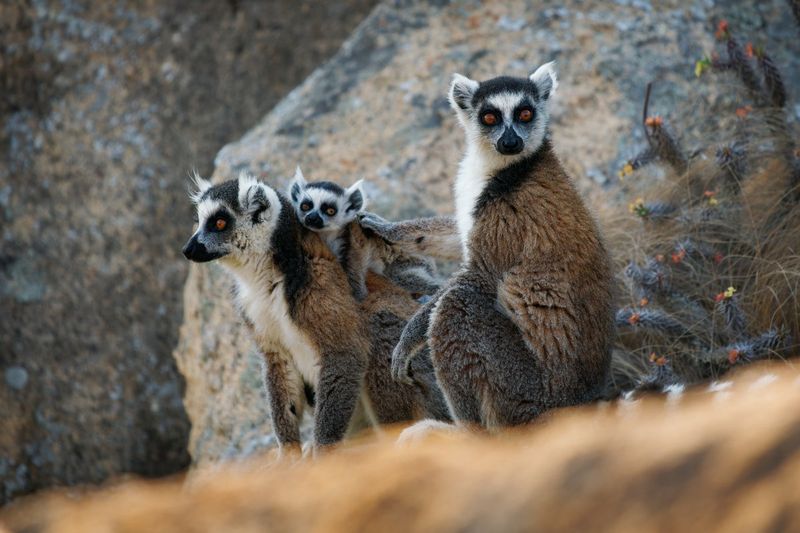
In the world of lemurs, females rule the roost. Unlike most primate species, lemur society is matriarchal, with females holding the highest rank. This dominance extends to feeding, breeding, and social interactions, where females often have the final say.
The reasons behind female dominance in lemurs are not entirely understood, but it may be linked to the harsh environmental conditions of Madagascar. Female leadership ensures that the group prioritizes resources vital for reproduction and survival.
This matriarchal structure challenges traditional primate social models, offering a different perspective on gender roles in the animal kingdom. Lemurs provide valuable insights into how social hierarchies can evolve in response to environmental pressures, making them a unique subject for studying animal behavior.
7. Lemur Conservation Challenges
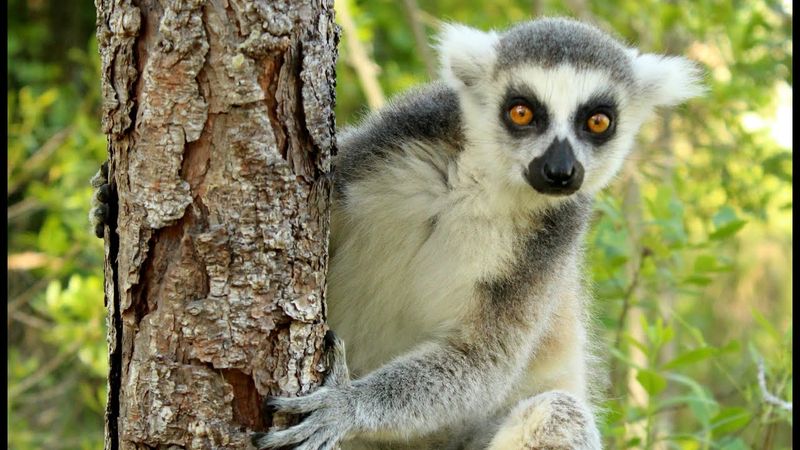
Lemurs face significant conservation challenges, primarily due to habitat destruction and illegal hunting. Madagascar’s forests, home to these unique primates, are rapidly disappearing due to logging, agriculture, and mining activities.
As their natural habitat shrinks, lemurs are forced into smaller areas, leading to increased competition for resources and a decline in population numbers. Additionally, illegal hunting and the pet trade pose serious threats to their survival.
Conservation efforts are underway to protect these remarkable creatures. Local and international organizations are working to preserve their habitats and promote sustainable practices. Understanding the challenges lemurs face is crucial for developing effective conservation strategies to ensure their survival for future generations.
8. The Famous Indri Call
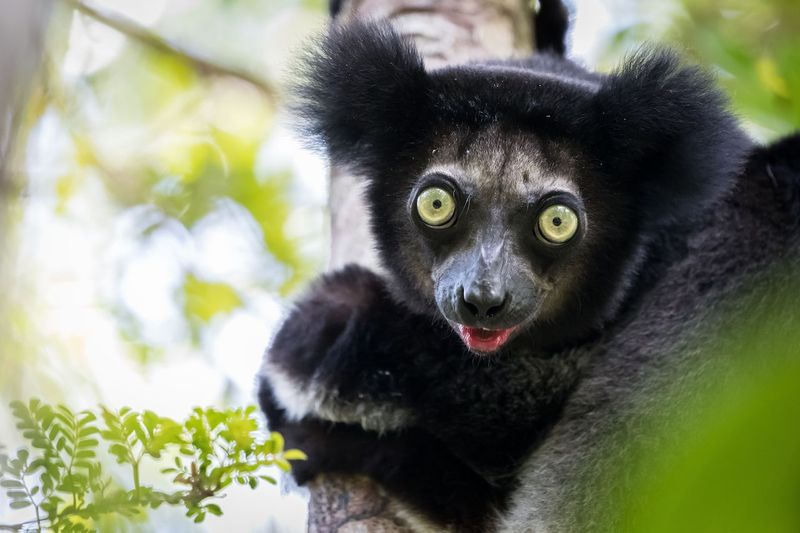
The Indri, one of Madagascar’s most famous lemurs, is well-known for its unique vocalizations. These large, diurnal lemurs produce loud, eerie calls that can be heard over long distances. The calls serve multiple purposes, including marking territory and maintaining group cohesion.
The Indri’s call is a haunting melody that resonates through the forest, creating an unforgettable experience for anyone fortunate enough to hear it. Each group has its own distinctive call pattern, which helps in identifying members and establishing their presence in the area.
These vocalizations are not just vocal prowess but also a testament to the Indri’s complex social structures and territorial behaviors. The Indri’s call is a symbol of Madagascar’s rich biodiversity, providing insights into the intricate communication systems of these fascinating creatures.
9. Lemur Intelligence
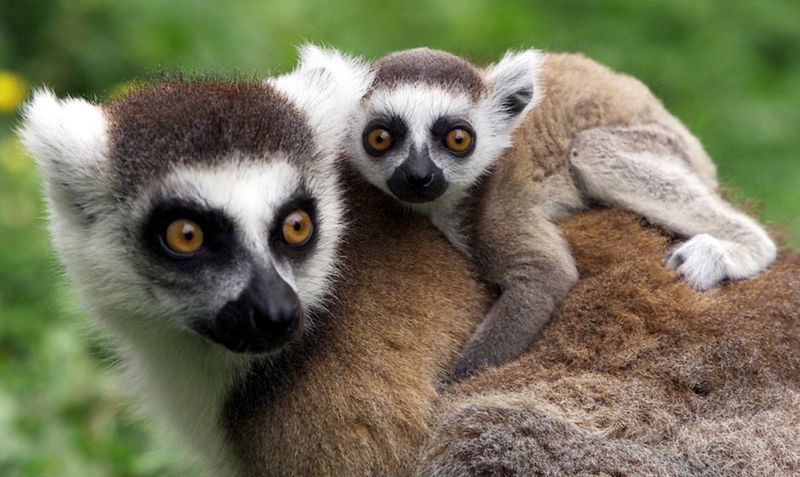
Lemurs exhibit remarkable intelligence, showcasing problem-solving skills and learning abilities. Research has shown that lemurs can solve complex tasks, such as using tools and understanding basic mathematics.
Their cognitive abilities are comparable to those of some other primates, highlighting their adaptability and resourcefulness. In the wild, lemur intelligence is demonstrated through their foraging strategies and social interactions.
They can learn from each other, adapting new techniques to improve their survival chances. This ability to learn and adapt is a testament to their intelligence.
Studying lemur intelligence offers insights into the evolution of cognitive abilities in primates. It challenges our understanding of animal intelligence, demonstrating that lemurs are more than just cute creatures; they are intelligent beings with complex behaviors and social structures.
10. Lemur Species Diversity
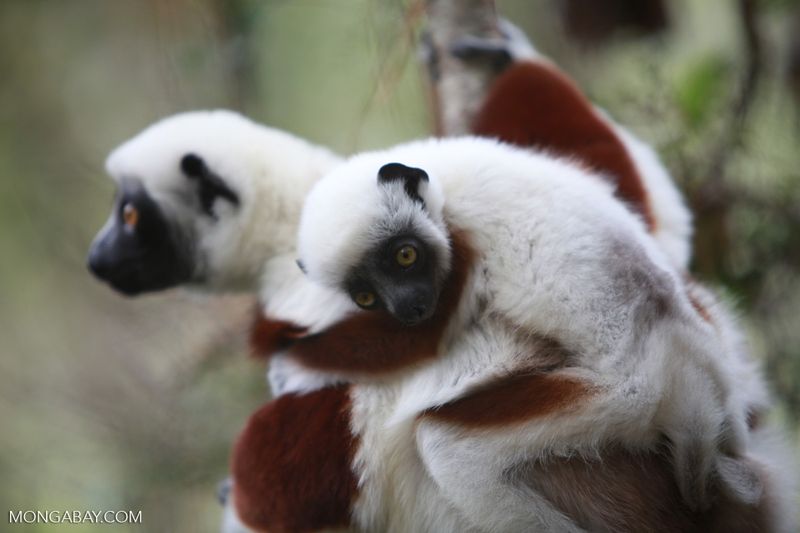
Madagascar is home to an incredible diversity of lemur species, with over 100 different types inhabiting the island. This diversity is a result of Madagascar’s unique environment and isolation, which has allowed lemurs to evolve into a wide range of forms and sizes.
Each species has adapted to its specific habitat, leading to a variety of lifestyles and behaviors. From the tiny mouse lemur to the large Indri, these primates exhibit a fascinating range of adaptations. This diversity is a testament to the evolutionary processes at work in Madagascar’s ecosystems.
Understanding this diversity is crucial for conservation efforts. Protecting the variety of lemur species ensures the preservation of their unique ecological roles and the overall health of Madagascar’s environments. Lemurs are a symbol of the island’s rich biodiversity and a key focus for conservationists.
11. The Aye-Aye’s Unique Features
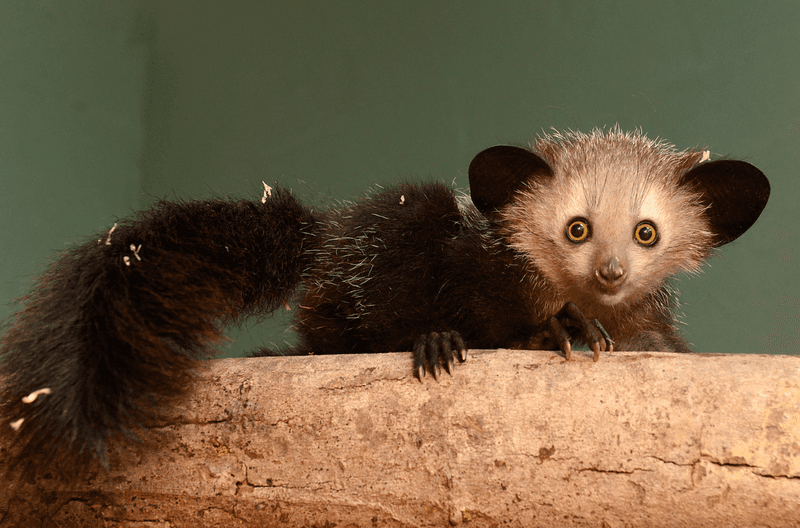
The Aye-Aye is one of Madagascar’s most peculiar lemurs, known for its unusual features that set it apart from other primates.
One of its most distinctive characteristics is its elongated middle finger, which it uses to tap on trees to locate grubs. Once it detects the hollow sound of a grub, the Aye-Aye uses its finger to extract the insect from the bark.
This unique foraging technique is similar to that of a woodpecker and is a prime example of evolutionary adaptation. The Aye-Aye’s appearance and behavior have made it a subject of fascination and superstition.
Some local beliefs consider the Aye-Aye an omen of bad luck, adding to its mystique. Understanding the Aye-Aye’s unique adaptations provides insights into the diverse survival strategies of lemurs and the evolutionary creativity of nature.
12. Lemur Lifespan And Longevity
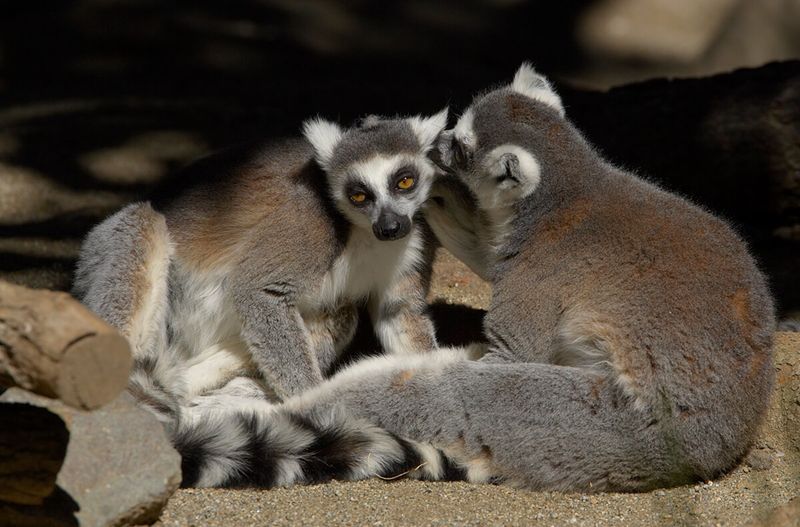
Lemurs have varying lifespans depending on the species, with some living up to 30 years in the wild. Factors such as habitat, diet, and social structures can significantly influence their longevity. Understanding lemur lifespan offers insights into their life cycles and survival strategies.
In captivity, lemurs often live longer due to the absence of predators and consistent access to food. However, life in the wild presents numerous challenges that can affect their lifespan, including environmental changes and human-related threats.
Studying lemur longevity helps researchers understand the factors that contribute to their survival and adaptation. It highlights the importance of preserving their natural habitats to ensure these fascinating creatures continue to thrive for generations to come.
13. Lemur Adaptations To Madagascar
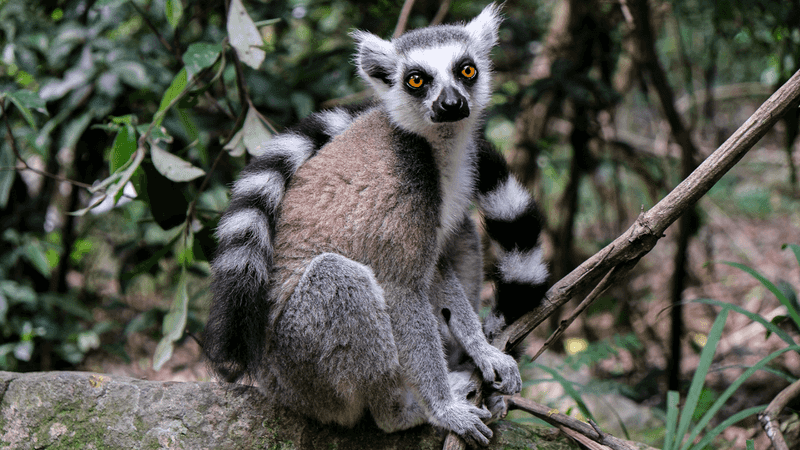
Lemurs are a testament to the power of adaptation, having evolved to thrive in Madagascar’s unique environments. From the dry spiny forests to lush rainforests, lemurs have adapted to a variety of habitats, showcasing their resilience and versatility.
Each lemur species has developed specific adaptations that enable it to survive in its environment. For example, some species have evolved to eat specific plants that other animals cannot digest, reducing competition for food resources.
These adaptations are not just physical but also behavioral. Social structures, foraging techniques, and communication methods are all tailored to their surroundings.
Lemurs exemplify the extraordinary ways in which species can evolve in response to their environment, offering valuable insights into the processes of natural selection and adaptation.
14. The Role Of Lemurs In Ecosystems
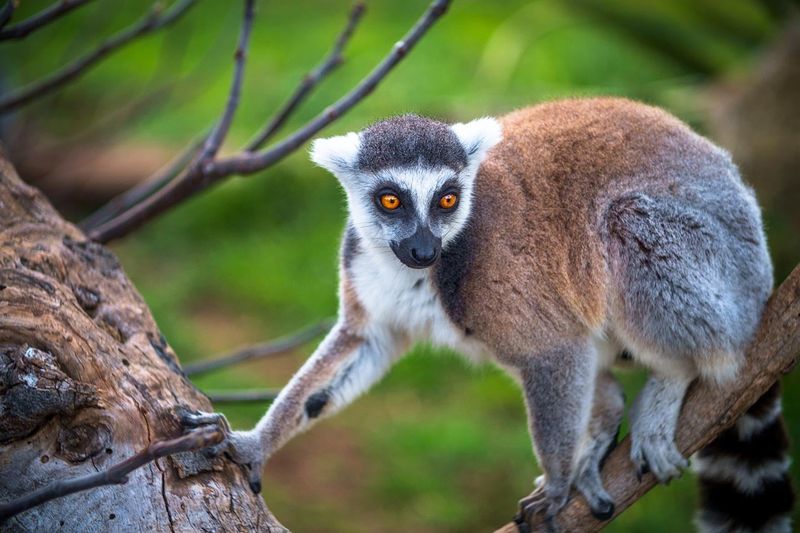
Lemurs play a vital role in Madagascar’s ecosystems, acting as seed dispersers and pollinators. Their feeding habits help maintain the health of forests by promoting plant growth and biodiversity. This ecological role is crucial for the sustainability of Madagascar’s unique environments.
By consuming fruits and dispersing seeds, lemurs contribute to the regeneration of forest habitats. They also aid in pollination, ensuring the reproduction of various plant species.
These interactions highlight the interconnectedness of lemurs with their environment and the importance of preserving their habitats. Understanding the ecological roles of lemurs emphasizes the need for conservation efforts.
Protecting lemur populations ensures the health and diversity of Madagascar’s ecosystems, benefiting both wildlife and human communities. Lemurs are not just inhabitants of these forests; they are key players in their ecological balance.
15. Lemur Seasonal Behaviors
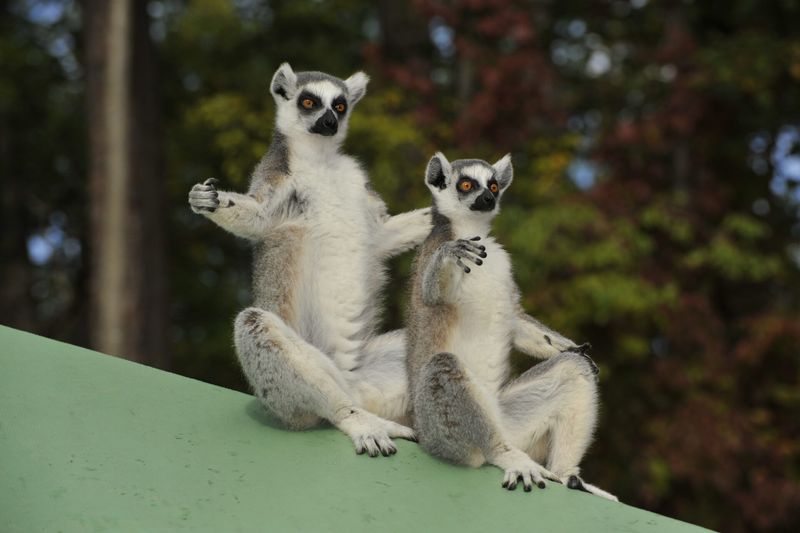
Lemurs exhibit seasonal behaviors that are closely linked to Madagascar’s climate and resource availability. These behaviors include changes in diet, social structures, and activity patterns. Understanding these seasonal adaptations provides insights into their survival strategies.
During the dry season, when food is scarce, lemurs may travel longer distances in search of sustenance. This period of scarcity can also affect their social dynamics, leading to changes in group size and composition.
In contrast, the wet season brings an abundance of food, influencing their foraging habits and social interactions. Studying lemur seasonal behaviors helps researchers understand how these primates cope with environmental challenges.
It highlights their adaptability and resilience, offering valuable lessons on the impact of climate on animal behavior. Lemurs serve as a living testament to the complex interplay between species and their environments.
16. The Cultural Significance Of Lemurs
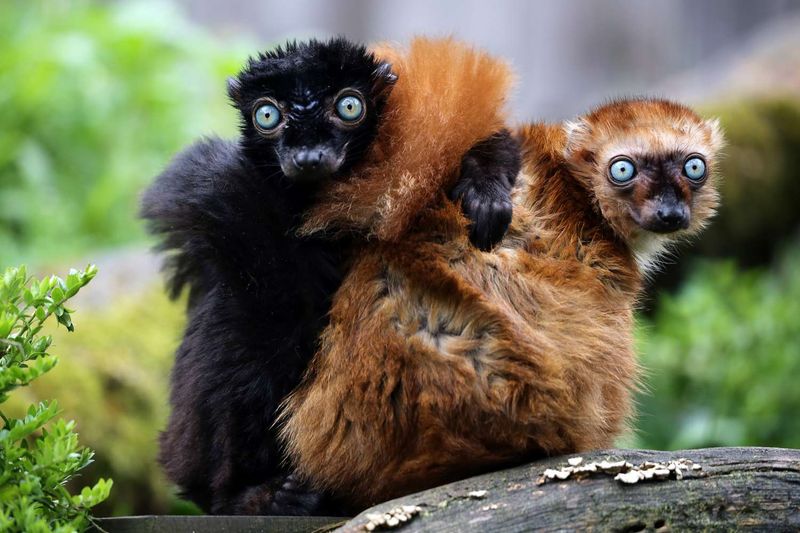
Lemurs hold a special place in Malagasy culture, symbolizing the unique biodiversity of Madagascar. They feature prominently in local folklore and traditions, reflecting the deep connection between the Malagasy people and their natural heritage.
Lemurs are often seen as symbols of the forest, embodying the spirit of Madagascar’s wild landscapes. This cultural significance extends to conservation efforts, where lemurs are seen as ambassadors for preserving the island’s natural environments.
Understanding the cultural importance of lemurs provides insights into the relationship between people and wildlife.
It highlights the role of cultural values in conservation and the potential for community-driven initiatives to protect these remarkable creatures. Lemurs are not just biological treasures; they are cultural icons that inspire pride and stewardship among the Malagasy people.
17. Lemur Reproduction And Parenting
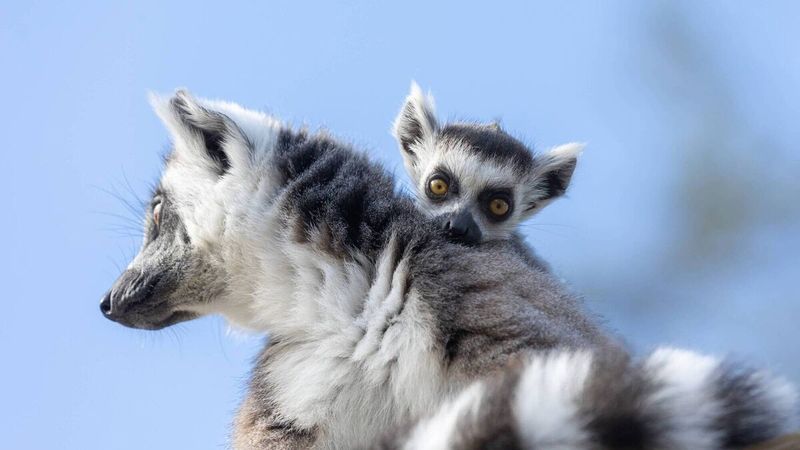
Lemur reproduction and parenting behaviors offer fascinating insights into their social structures and survival strategies. Most lemurs have a defined breeding season, which is often synchronized with environmental conditions to ensure the availability of resources for raising young.
Female lemurs typically give birth to one or two offspring, which are cared for by the mother with great attention. The nurturing behavior of lemurs includes carrying young on their backs and teaching them essential survival skills.
The close bond between lemur mothers and their offspring is vital for the young’s survival. These maternal behaviors highlight the importance of family structures and social bonds in lemur societies. Studying lemur parenting provides valuable understanding of primate social systems and the evolutionary significance of nurturing behaviors.


